
Outdoor House Lights: How to Brighten Your Home’s Exterior with Style and Function
Share
Outdoor house lights do more than just illuminate your home’s exterior—they add curb appeal, enhance safety, and create a welcoming atmosphere. But choosing the right outdoor lights can be tricky, as there are so many options available. In this guide, we’ll break down everything you need to know about outdoor house lights, from types and benefits to energy-efficient options and installation tips.
Table of Contents
- What Are Outdoor House Lights?
- Different Types of Outdoor House Lights
- Choosing the Right Outdoor House Lights for Your Home
- Enhancing Curb Appeal with Outdoor House Lights
- Energy-Efficient Outdoor House Lighting Options
- Installing Outdoor House Lights: Tips and Best Practices
1. What Are Outdoor House Lights?
LED Outdoor Solar Light For Garden Landscape Lighting With Circle Shadow, Waterproof
Outdoor house lights are lighting fixtures designed specifically for the exterior of a home. These lights are meant to enhance the aesthetic of your house, improve security, and provide functional lighting for outdoor spaces like pathways, patios, and entryways.
Key Features of Outdoor House Lights:
- Weatherproof: Designed to withstand the elements, from rain to extreme heat.
- Durable Materials: Made from materials like stainless steel, aluminum, or weather-resistant plastic.
- Variety of Styles: Available in a range of designs from modern to traditional, fitting different architectural styles.
Unlike general outdoor lighting (such as garden lights or floodlights), house lights are often strategically placed on or around the house itself, like on walls, near doorways, or along the edges of the roof. They serve both decorative and functional purposes.
2. Different Types of Outdoor House Lights
Waterproof LED Solar Deck Light - Warm Outdoor Ground Light
There are several types of outdoor house lights, each serving different functions and adding unique aesthetic appeal. Here’s a breakdown of the most common types:
| Type of Light | Best Use | Features |
|---|---|---|
| Wall-Mounted Lights | Near entryways, garage doors, and porches | Mounted on walls, offers focused lighting |
| Pathway Lights | Along walkways and driveways | Provides safety and guidance for paths |
| Floodlights | Large outdoor areas, security lighting | High intensity, often motion-sensor capable |
| Lantern-Style Lights | Porches, patios, or decks | Decorative and ambient lighting |
| Recessed Lighting | Under eaves, porches, or patios | Subtle, integrated lighting that doesn't take up space |
Popular Lighting Styles:
- Traditional Lanterns: Provide a vintage look and are often used around front doors or porches.
- Modern Sconces: Sleek and minimalist, perfect for a contemporary home.
- Smart Lights: With the rise of home automation, many outdoor house lights now come with smart features like app controls or voice activation.
Each type serves a specific purpose—whether for bright, functional light or soft, ambient illumination.
3. Choosing the Right Outdoor House Lights for Your Home
Selecting the right outdoor house lights isn’t just about picking what looks good. You need to consider the architectural style of your home, the level of brightness you need, and the specific function of the lights.
Factors to Consider:
-
Home Style:
- For modern homes, go for sleek, minimalist lighting options like sconces or recessed lighting.
- Traditional homes might suit vintage-style lanterns or ornate wall-mounted lights.
-
Lighting Functionality:
- Do you need bright lights for security? Consider floodlights or bright wall-mounted lights.
- For ambiance or decorative lighting, look for softer options like pathway lights or lanterns.
-
Brightness:
- For a security-focused area, look for lights with a higher lumen output (over 800 lumens).
- If you're just highlighting features like plants or a patio, lower lumens (around 300-500 lumens) will create a softer atmosphere.
Example Lumen Range:
- Pathway lights: Around 100-200 lumens for gentle illumination.
- Flood lights: Can range from 700 to 2000 lumens for bright, expansive lighting.
For a well-rounded lighting setup, choose a combination of different light types. For instance, wall-mounted lights near your entryway, pathway lights leading up to your front door, and a floodlight for the driveway. This combination ensures both functionality and curb appeal.
4. Enhancing Curb Appeal with Outdoor House Lights
One of the most noticeable benefits of outdoor house lights is their ability to enhance the overall appearance of your home. Well-placed outdoor lighting not only illuminates your home’s features but also creates a welcoming and elegant atmosphere. Here’s how to make the most of your lighting design:
Design Tips for Curb Appeal:
- Highlight Architectural Features: Use wall-mounted lights or recessed lighting to highlight unique elements like columns, arches, or windows.
- Create a Focal Point: Use lantern-style lights or spotlights to draw attention to key areas, such as a front door or a garden.
- Use Symmetry: Place lights in pairs or groups to create balanced, visually appealing designs.
A study by the National Association of Realtors shows that homes with enhanced outdoor lighting can increase curb appeal by up to 20%, making your home more attractive to potential buyers.
Layered Lighting:
Layering different types of lighting (ambient, task, and accent) creates depth and interest in your outdoor space. For example, you might use ambient lighting for general illumination, task lighting for safety (like around steps), and accent lighting to highlight a tree or sculpture.
5. Energy-Efficient Outdoor House Lighting Options
In today’s world, energy efficiency is a key consideration for any home improvement. Outdoor lighting tends to be left on for extended periods, so it’s crucial to choose options that are energy-efficient.
Best Energy-Efficient Options:
- LED Lights: LED lights are up to 90% more energy-efficient than traditional incandescent bulbs and have a much longer lifespan.
- Solar Lights: These lights are powered by sunlight, making them an eco-friendly and zero-energy option for lighting pathways and gardens.
- Motion Sensors: Adding motion sensors to your floodlights or pathway lights can save energy by ensuring lights only turn on when needed.
Here’s a quick comparison of traditional and energy-efficient lighting:
| Lighting Type | Energy Consumption | Lifespan | Best Use |
|---|---|---|---|
| Incandescent Bulbs | 60-100 watts | ~1,000 hours | Basic lighting, low-budget options |
| LED Lights | 5-20 watts | 25,000+ hours | Long-lasting, low-energy solutions |
| Solar Lights | 0 watts (powered by sunlight) | 2,000-4,000 hours | Outdoors, energy-free |
By switching to LED or solar-powered lights, you can significantly reduce your energy bills while still maintaining a beautifully lit exterior.
6. Installing Outdoor House Lights: Tips and Best Practices
Once you’ve selected the right lights for your home, proper installation is crucial to ensure they function well and last long.
Installation Tips:
- Plan Your Layout: Decide where to place lights before installing. Consider areas like walkways, the front door, and the garage.
- Height Matters: Mount lights at a height that ensures even distribution of light and prevents harsh shadows. Typically, lights should be mounted about 7-9 feet above the ground.
- Use Weatherproof Fixtures: Make sure your lights are rated for outdoor use. Look for wet-rated or damp-rated fixtures for areas exposed to rain.
- Check Local Regulations: Some regions have specific guidelines regarding outdoor lighting, especially in residential neighborhoods. Make sure your installation complies with local rules.
Professional Installation:
While installing outdoor lights can be a DIY project, hiring a professional electrician ensures that all wiring is safe and up to code. If you’re installing high-voltage floodlights or complex lighting systems, professional help is advisable.
Conclusion
Outdoor house lights are a fantastic way to enhance both the function and aesthetic of your home’s exterior. Whether you’re aiming for a warm, inviting atmosphere or prioritizing security, the right lighting can make a huge difference. By considering factors like your home’s style, energy efficiency, and optimal placement, you can choose the best outdoor lights that meet your needs and budget.
Frequently Asked Questions (FAQs)
Can outdoor house lights be used in all weather conditions?
Yes, outdoor lights are built to withstand various weather conditions, but make sure to choose lights that are wet-rated if they will be exposed to direct rain.
How much does it cost to install outdoor house lights?
The installation cost depends on the type and number of lights, but professional installation typically ranges from $100 to $300 per fixture.
How can I make my outdoor lights more energy-efficient?
Switch to LED lights, use motion sensors, or opt for solar-powered lights to save on energy costs.
How often should I replace outdoor light bulbs?
LED bulbs can last up to 25,000 hours, meaning you likely won’t need to replace them for years, unlike incandescent bulbs that burn out much quicker.
Related Articles:


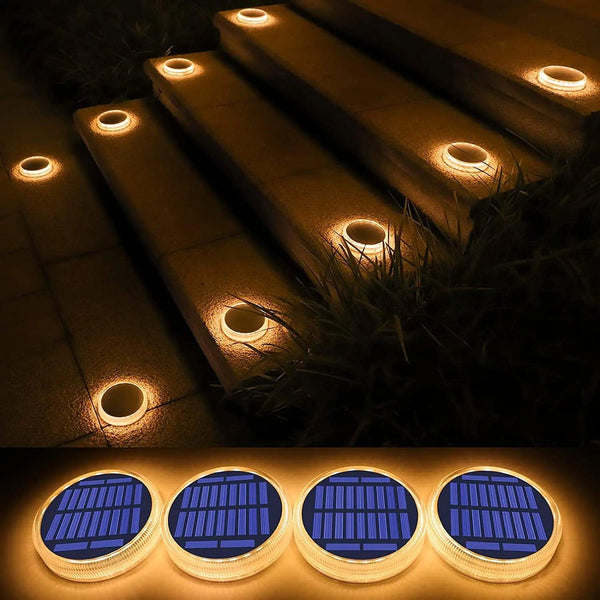

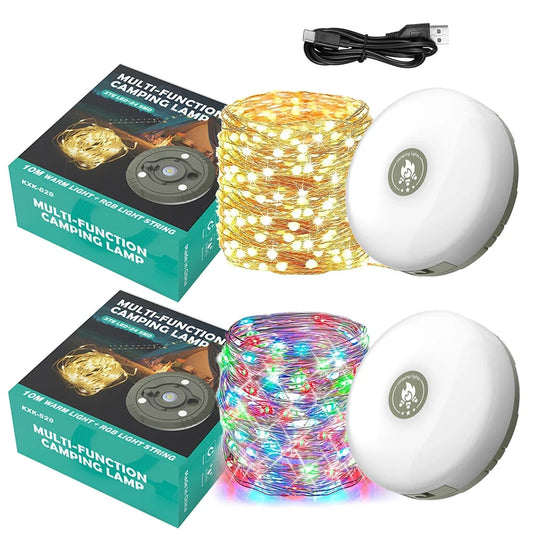

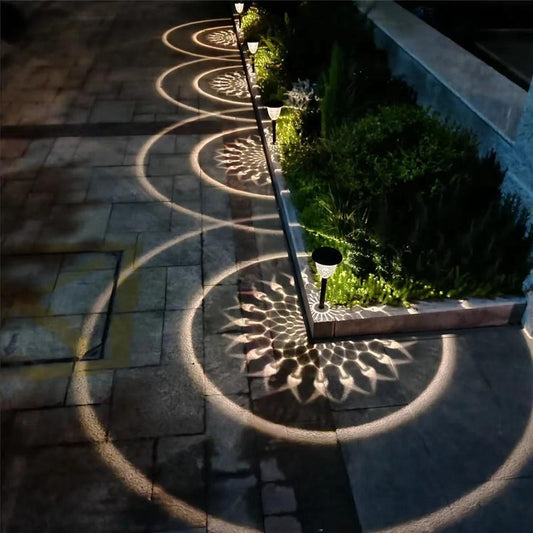

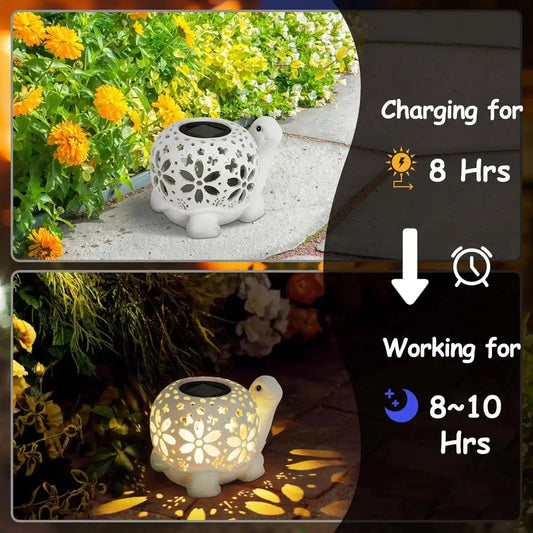

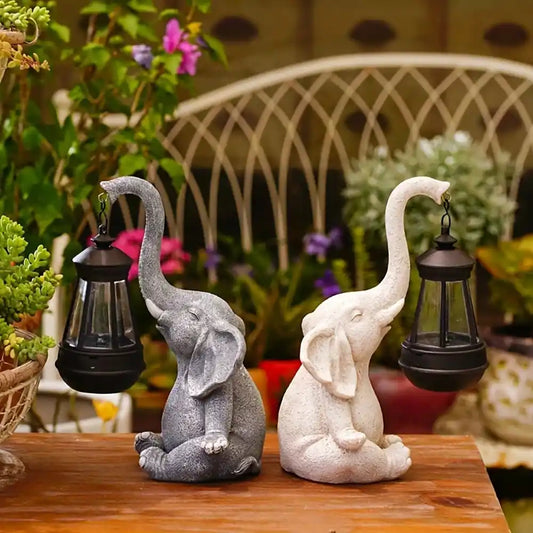

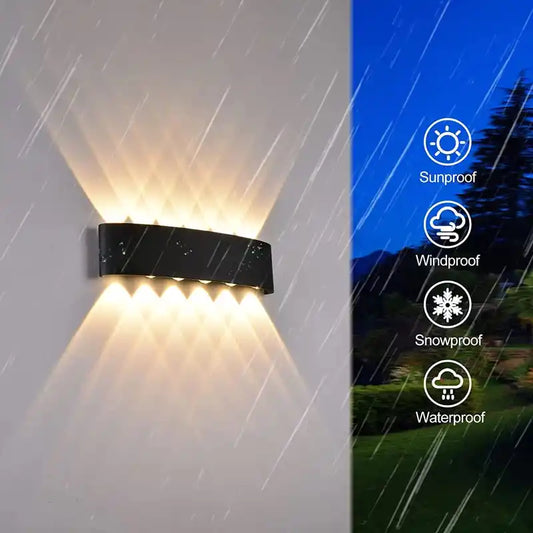

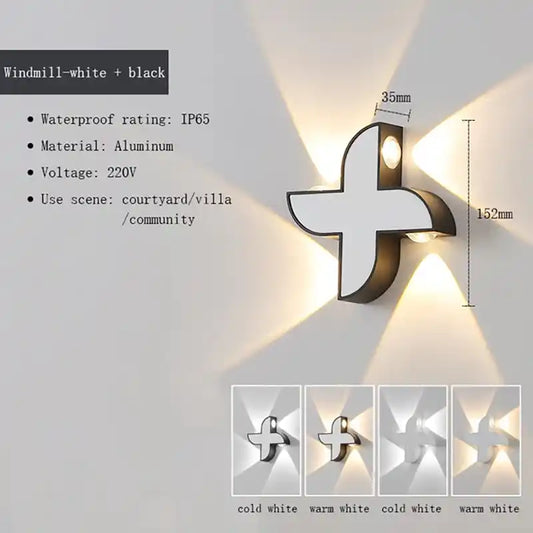

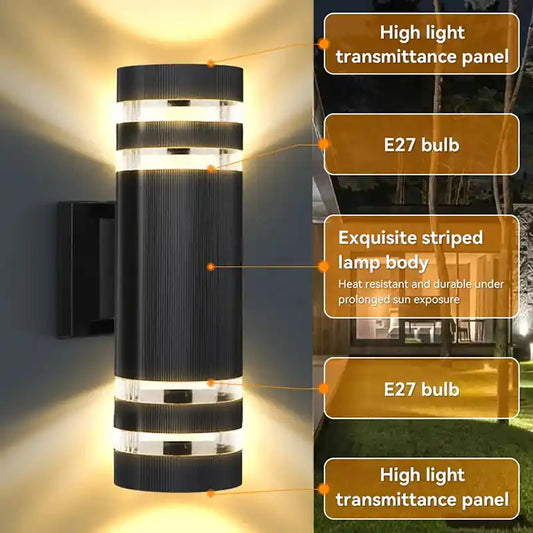

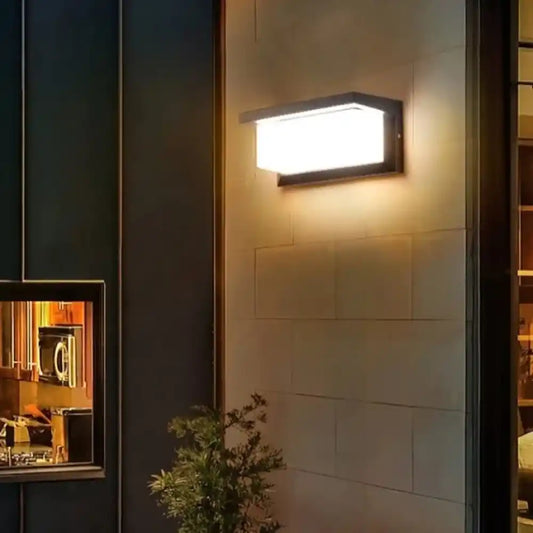



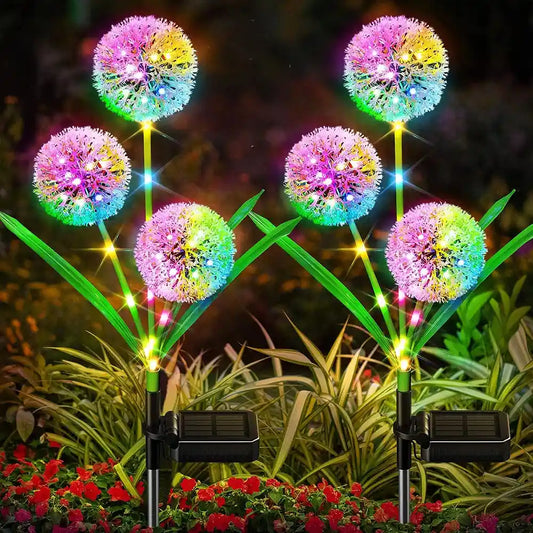



 />
/>
 />
/>
 />
/>
 />
/>
 />
/>
 />
/>